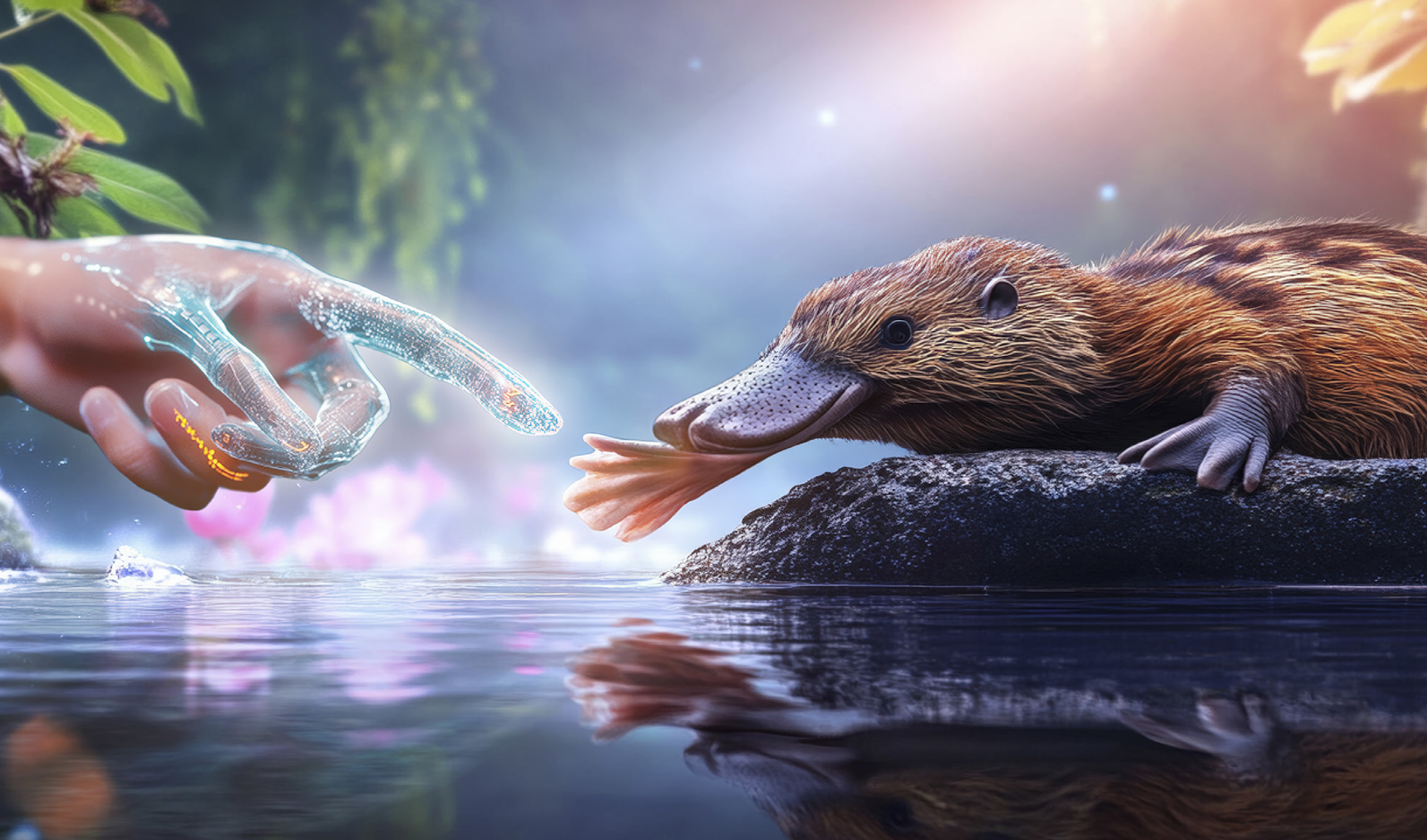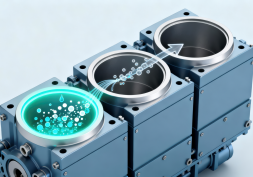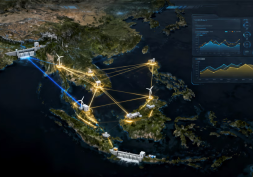Learning from the platypus’s 'sixth sense’
Follow CDE
PDF Download

By integrating triboelectric and visuotactile sensing, a novel bionic electro-mechanosensory finger achieves both remote control and tactile perception, mimicking the platypus’s ability to sense electronic signals in murky waters and respond to physical stimuli.
If Mother Nature had a wonderfully weird child, it would very well be the platypus. This duck-billed, otter-footed, beaver-tailed, egg-laying mammal has an assemblage of traits like no other. And if its appearance alone somehow fails to impress, the Australian native has another trick up its furry sleeve: a so-called ‘sixth sense’, based on electro- and mechano-reception.
The platypus’s bill comes adorned with specialised nerve endings that detect faint electrical signals generated by the muscular contractions of its prey. Meanwhile, push-rod mechanoreceptors on the bill sense changes in pressure and motion. This evolutionary adaptation is particularly crucial as the animal often feeds on bottom-dwelling invertebrates like shellfish and worms.
Flipping the biomimicry manual open, can the monotreme teach us a thing or two about sensing? Assistant Professor Wu Changsheng from the Department of Materials Science and Engineering at the College of Design and Engineering, National University of Singapore, believes so. Inspired by the platypus’s super-sensory organ, Asst Prof Wu led a team to develop a bionic finger capable of both touchless and tactile perception, taking human-robot interaction (HRI) to a whole new level.
Assistant Professor Wu Changsheng invented a novel bionic finger capable of both touchless and tactile perception.
Whether operating in the air or underwater, the team’s innovation could improve how robots interact with their surroundings, and more importantly, with humans.
The team’s work, which was an international, academia-industry collaboration involving Tencent Robotics X and Tsinghua University, was published in Nano Energy on 19 August 2023.
It makes sense
As the globe experiences rapid ageing, the need for healthcare solutions tailored to the elderly arises. Robots that can safely interact with humans are a key enabler in this context, from assisting with daily tasks to delivering healthcare services in hard-to-reach areas. Crucially, the effectiveness of these robots hinges on their ability to sense and interpret their surroundings adeptly.
“Creating sensors that can do so is challenging — as human-friendly robots need to sense remotely and tactilely,” says Asst Prof Wu. “In that regard, traditional sensors often struggle to detect non-contact stimuli, such as the presence of objects in the environment, and lack the resolution needed for precise tactile feedback.”
Drawing inspiration from nature, Asst Prof Wu’s team assembled an electro-mechanosensory finger (EM-Finger) — a bionic device that emulates the platypus’s extraordinary sensing abilities. The device is designed with a triboelectric sensor array and a finger-shaped visuotactile sensor — all housed within a structure that resembles a human finger. The triboelectric sensor, made from a liquid-metal-polymer conductive layer, serves as the electrode for the sensor array while also acting as a reflector in the visuotactile sensor system. The entire structure is encapsulated in a dielectric layer, protecting it from environmental wear and enabling its amphibious capabilities.
"Sensors that operate both in air and underwater are crucial for ageing populations and healthcare, particularly for ensuring continuous and safe interactions in different environments."
"Sensors that operate both in air and underwater are crucial for ageing populations and healthcare, particularly for ensuring continuous and safe interactions in different environments."
Together, these components enable the EM-Finger to encode both touchless and tactile interactions into voltage signals — effectively enabling it to ‘feel’ its environment — much like a platypus does. In particular, the triboelectric sensor responds to electrical stimuli in air and underwater without the need for contact, while the visuotactile sensor captures detailed information about the surfaces with which it comes into contact.
“Sensors that operate both in air and underwater are crucial for ageing populations and healthcare, particularly for ensuring continuous and safe interactions in different environments. Elderly individuals often face higher risks of falls or accidents in wet environments, like bathrooms,” Asst Prof Wu adds. “Amphibious sensors allow robotic systems to reliably assist in these conditions — whether handling slippery objects or providing support — reducing the risk of injury and ensuring safer, more dependable care in critical situations.”
"Sensors that operate both in air and underwater are crucial for ageing populations and healthcare, particularly for ensuring continuous and safe interactions in different environments."
With the help of a deep-learning algorithm, which fuses data from both sensors, the EM-Finger operates in complex and unstructured environments with ease. In an experiment, it successfully classified 18 different materials, from acrylic to glass to resin, with an accuracy of 94.4% (the triboelectric sensor alone achieved only 67.4%).
Sensing a step change
The team’s EM-Finger taps into a whole new world of possibilities for real-world applications, enhancing HRI to improve quality of life, particularly in healthcare and eldercare.
“Going forward, more practical applications can be realised by bridging the interface between the EM-Finger and robotic systems, particularly in healthcare for ageing populations,” adds Asst Prof Wu. “The EM-Finger’s ability to perform both touchless and high-resolution tactile sensing could enhance assistive robotics, enabling remote patient monitoring and delicate object manipulation. We envision the finger’s design as the key that unlocks truly intelligent robots capable of intuitively perceiving and interacting with their environment, improving care delivery through precise, non-invasive assessments.”
Read More
View Our Publications ▏Back to Forging New Frontiers - October 2024 Issue
If you are interested to connect with us, email us at cdenews@nus.edu.sg









